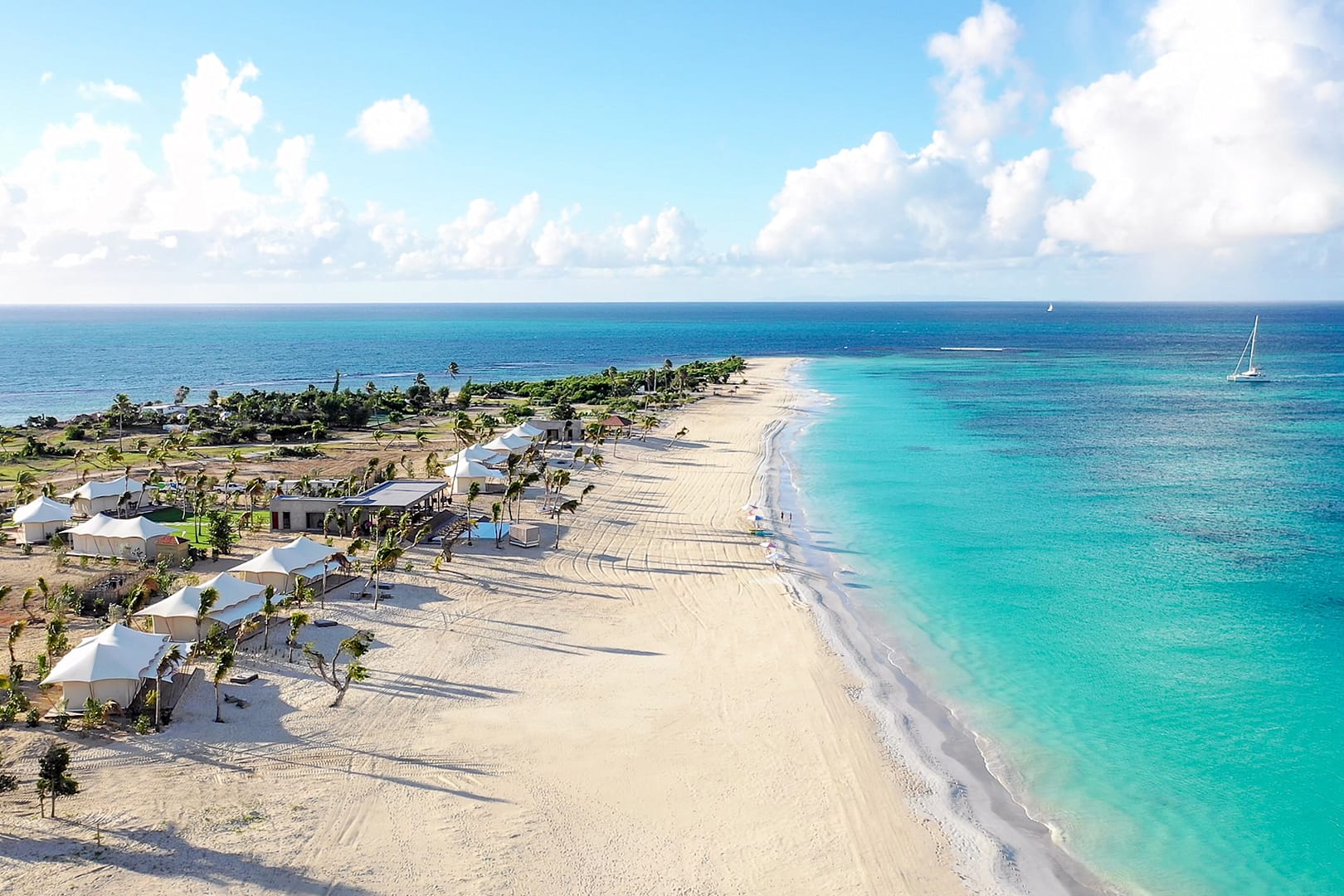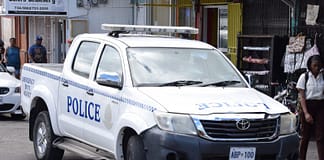
On September 6, 2017, the islands of Antigua and Barbuda were hit by a Category 5 mega-storm named Irma. While Antigua was just out of reach of the most damaging winds, the storm’s eye passed directly over Barbuda resulting in wall winds, storm surges and flooding. Barbuda was immediately rendered uninhabitable. Then, on September 18, a second category 5 storm, Maria, hit the small island. The effects of these Hurricanes were catastrophic to Barbuda. The storm was 378 miles wide at its strongest when it made landfall. In an instant, it demolished the 62-square-mile island. Life after the hurricanes in Barbuda may never be the same.
The hurricanes wiped out much of the island’s landscape and infrastructure. They severely damaged more than 90 percent of its buildings. For the first time in its history, Barbuda became a deserted island when the entire population was forced to evacuate to neighboring sister island Antigua creating 1,600 refugees. When including the homes, businesses and trees that were knocked down as well as virgin beaches damaged, the government of Antigua & Barbuda estimated that reconstruction would cost between $200-$250 million. This is an unfathomable number for such a small island.
Aid Received
The U.S. provided $800,000 of $21.6 million spent on regional hurricane recovery for “interventions in Antigua and Barbuda and Dominica.” While western countries have been accused of neglect in the clean-up operation, Wang Xianmin, the Chinese ambassador to Antigua and Barbuda, donated $2 million for repairs. The Chinese government described the donation as a “new model of assistance.” Other pledges include Britain’s pledge of $4 million and Europe’s pledge of $5.8 million.
Actor Robert De Niro asked the United Nations to appeal to all countries and organizations to help rebuild the devastated Caribbean island of Barbuda and ensure that “paradise is not lost.” In 2016, De Niro and James Packer had purchased the K Club Resort on the island and renamed The Paradise Found Nobu Resort.
The Land Conflict
Barbuda is a gem in the Caribbean because it did not follow the development path of most other Caribbean islands. Barbuda’s unique laws allow for communal land ownership. This means land ownership is passed down through generations and it has been central to Barbudan identity. The Barbuda Land Act of 2007 requires that major developments of more than $5.4 million must be approved through a majority vote of the elected Barbuda Council. Because of this, its landscape has remained relatively pristine with extensive forests, beaches and coral reefs that have not been transformed by sugar plantations or large-scale tourism.
These ownership rights are now in dispute after the House passed a repeal of the Barbuda Land Act in an effort to open the island to foreign investment. Without inhabitants or infrastructure, Irma suddenly turned Barbuda into a blank canvas, giving rise to competing visions for the future of the island. In the aftermath of the most powerful hurricane ever recorded in the Atlantic, the government of Antigua has threatened to take advantage of reconstruction efforts to commercialize communal lands.
To help Barbuda rebuild after the hurricanes it has relied on the Antiguan government as well as international funding. This has decreased the amount of control over that it has in development. Prime Minister Gaston Browne is trying to mirror Antigua’s development strategy in Barbuda. He is inadvertently perpetuating the devastation by focusing on tourist ventures rather than local recovery.
The Recovery Process
The $2 million grant fund by China has gone towards repairing the rooftops of more than 407 homes on Barbuda. This money also helped restore utility services such as electricity and water. Both air and seaports have returned to being fully operational. Barbuda will use the $5.8 million the European Union agreed to give in support of the reconstruction to rebuild homes with higher resilience standards. Efforts have cleaned and restored all of the beaches. In fact, excursion operators have resumed offering day trips to the island. The ferry service between Antigua and Barbuda was even upgraded with a new vessel, The Lady Caroline. Life after the hurricanes in Barbuda is beginning slowly.
The Barbuda Research Complex (BRC) gathered information through interviews with Barbudans to compile a collection of environmental data. Through the analysis of satellite imagery, the fear remains that opening Barbuda to the same development path as Antigua will have massive economic and environmental effects on the island. Not to mention, it will also cause irreparable and ongoing damage to the island’s tangible and intangible cultural heritage. The foreign investors attempting to secure tourism development post-Irma are taking advantage of vulnerable people while pretending to have their best interests at heart. They are not concerned with local culture, ethnicity and tradition.
Life after the Hurricanes in Barbuda has been a steady progression. Strong strategies are focusing on improving building structures, which will be essential for surviving future storms. However, for the first time in 400 years, Barbuda’s culture is under imminent danger of becoming a memory of the past.
Advertise with the mоѕt vіѕіtеd nеwѕ ѕіtе іn Antigua!
We offer fully customizable and flexible digital marketing packages.
Contact us at [email protected]
















